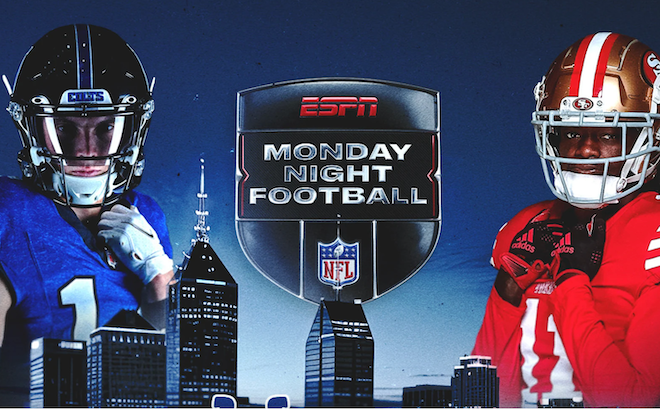IN THIS AGE of camera-ready art, or direct-to-plate printing, it’s easy for a print house to accept a passive role in a card deck’s preparation. However, the National Safety Council, Itasca, IL, has engaged its printer in an ongoing dialogue. As a result, NSC has made changes resulting in marketing opportunities for its sales staff and increased return rates for its advertisers. In one instance, a modification to the package even predated changes in post office regulations.
It was NSC’s printer, Mundelein, IL-based Metropolitan Graphic Arts, that pointed out the benefits of increasing the cards’ size. The deck expanded from 3-1/2 inches by 5 inches to 5-1/2 inches by 7 inches, allowing advertisers to increase the amount of copy included on each card.
“We have anywhere from 40 to 50 advertisers in each deck. It made the deck too thick,” says NSC advertising sales manager Joel Wakitsch. Giving advertisers the opportunity to use the “jumbo cards” let NSC double up the small cards. The publisher could keep the same number of ads and was eligible for size-based USPS discounts.
But there was a sales benefit as well. NSC charges a premium for “top 10” space-literally, one of the first 10 layers of cards in a deck. By laying the smaller-sized cards between the jumbo cards for package stability, NSC was able to increase the number of advertisers in the top 10 layers.
Another modification NSC has used is the oversized multifolded card. In an early, successful version, a survey card put into a 70,000-pack run netted 1,200 responses. The oversized format also allowed some respondents to fax back their information, which would not have been as easy to do if the card had been standard size.
Larger isn’t always better, though: An 11-inch-by-17-inch flier that had been folded down to 3-1/2 inches by 5 inches bombed in its first run. NSC is testing the flier again to see if the problem was the format or the offering.
Sometimes modifications are “contraindicated”-or just plain bad ideas. While some mailers include pre-addressed pressure-sensitive response labels in their decks, MGA president Joe Szymanski advises against them.
“Joe said that it would increase leads, but that they wouldn’t really be quality leads,” says Wakitsch. “I have talked to other publishers and they say it’s not worth the cost.”
But more often than not, the suggestions MGA offers become NSC’s standards. NSC has built into its advertising material a surcharge for overrun printing. The extra cards can be used as mailing inserts, or key-coded as blow-in cards for publications.



